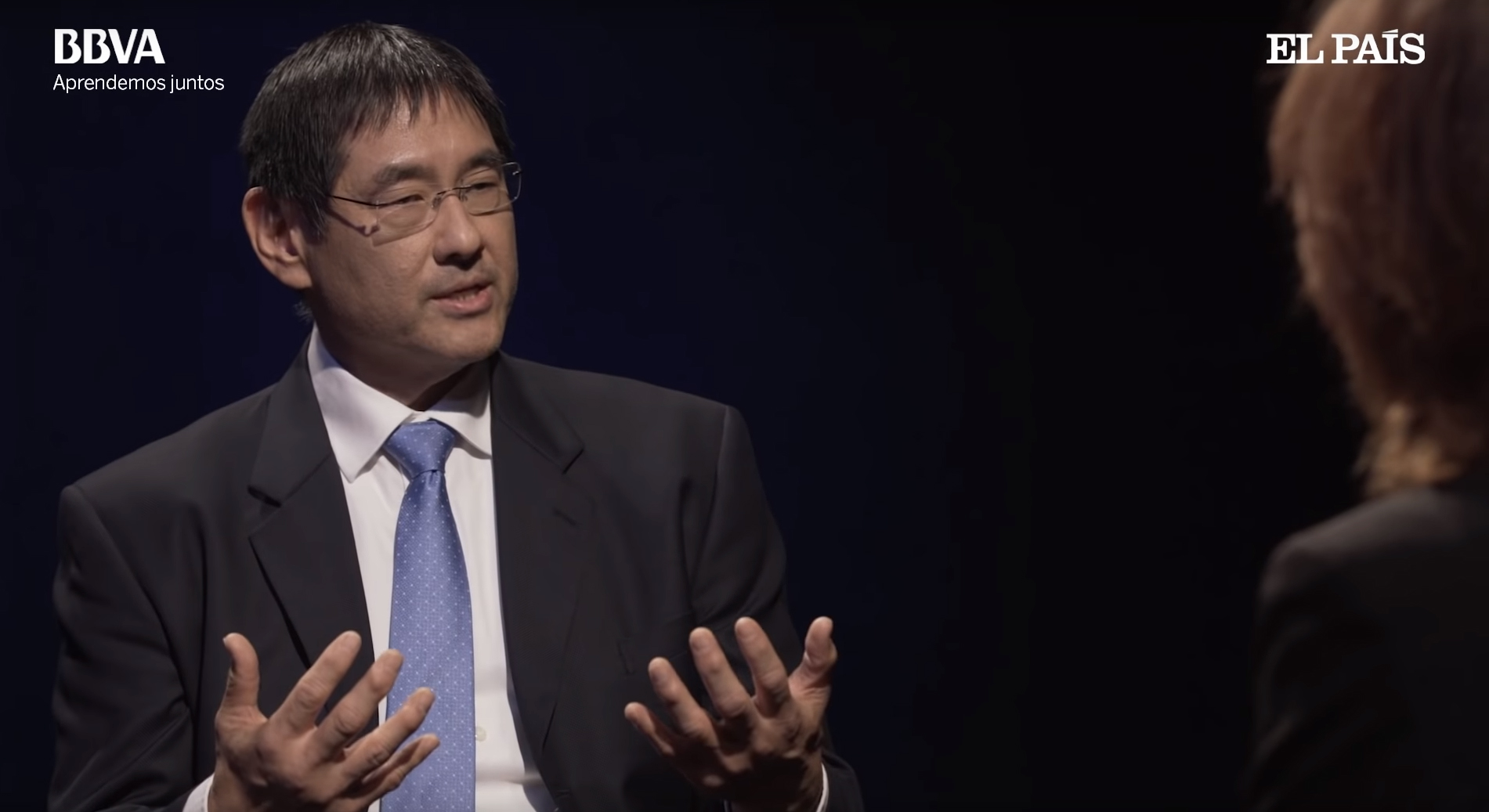 Last week, we began discussing Dr. David Matsumoto’s podcast interview, but we weren’t able to get to all of it. So, now time to discuss the second half!
Last week, we began discussing Dr. David Matsumoto’s podcast interview, but we weren’t able to get to all of it. So, now time to discuss the second half!
This time around, Dr. Matsumoto expounded on topics including the connection between deception and microexpressions, the role of gestures in communication, education, and artificial intelligence.
One of the important uses of microexpressions is their role in deception detection and lying. Even when somebody is trying to mask their true emotion, signs of it will “leak out” before they are able to sport the smile or passive expression that would hide their feelings. This is even more likely when that underlying emotion is particularly intense.
These “leaks” don’t necessarily prove truth or deception, but they may show that the emotion being expressed is not the expression being experienced. This can be the case for their gestures, body language, or facial expression.
Dr. Matsumoto connects this idea to the use of microexpressions. It is these ultra-quick expressions that get produced, but they are very hard to notice. Even people who notice a strange expression struggle at interpreting it. That is why most of the research involves video taping people and looking at the tapes frame by frame.
After this discussion, the interviewer sought to understand how different behaviors translate to their underling emotion.
While this is a big question, Dr. Matsumoto started by discussing different kinds of gestures. For example, certain types of hand waving exist to “animate speech.” These do not have inherent meaning, but this is still important in conveying excitement or word emphasis. Other gestures, called “emblems” can have specific verbal messages and include the “thumbs up,” among many others.
Gestures help with communication, but they also strengthen our own cognition. In experimental settings where hand gestures are constrained, people are shown to struggle at performing certain tasks, such as memory tests or mathematical problems.
Both Dr. Matsumoto and the interviewer emphasized the role of nonverbal communication in education. Clearly, an educational context is shaped by environmental factors, the behavior of the professor, and the way that professor conveys information.
Because these environmental factors determine a lot about a communicative context, as we discussed last week, Dr. Matsumoto emphasized the need for teachers to arrange classrooms as they saw necessary to determine certain sorts of educational engagement.
Similarly, while society emphasizes “what to say,” it often does not focus on how teachers should say things. Even if we praise (or chastise) a student, it is very important how this is done, in terms of the gestures and nonverbal behaviors conveyed by the teacher.
Finally, the interview ended with a discussion of artificial intelligence and how machines can be made to communicate effectively. Dr. Matsumoto stressed the need for machines to resemble humans but suggested that there was still uncertainty over exactly how human the robot looked.
 Communication may be much vaster than we thought.
Communication may be much vaster than we thought. While we have been focusing on microexpressions, reading people often depends on identifying their body language as well.
While we have been focusing on microexpressions, reading people often depends on identifying their body language as well.